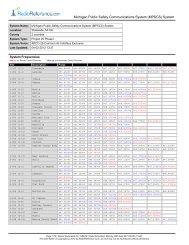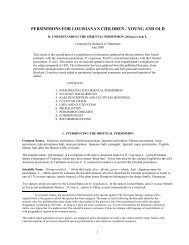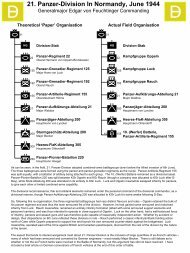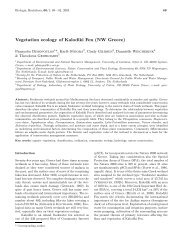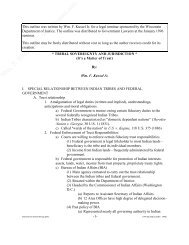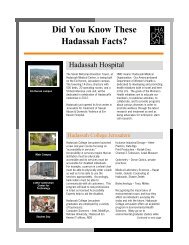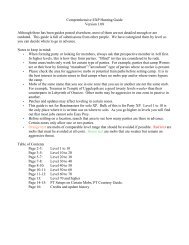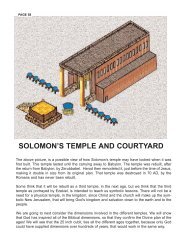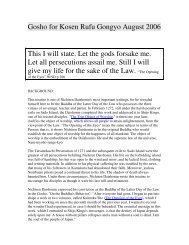Analysis of the Durrand Glacier Avalanche Accident
Analysis of the Durrand Glacier Avalanche Accident
Analysis of the Durrand Glacier Avalanche Accident
Create successful ePaper yourself
Turn your PDF publications into a flip-book with our unique Google optimized e-Paper software.
<strong>Durrand</strong> <strong>Avalanche</strong> Report page 17<br />
N. Size <strong>of</strong> <strong>the</strong> fatal avalanche<br />
1. If <strong>the</strong> area <strong>of</strong> snow that became mobilized is used, <strong>the</strong> volume <strong>of</strong> snow involved in <strong>the</strong><br />
avalanche would be about 52 500 cubic metres (125 m wide on average x 280 m long x 1.5<br />
metres deep). If a typical avalanche snow density <strong>of</strong> 0.4 tonnes per cubic metre is used,<br />
<strong>the</strong> mass <strong>of</strong> snow in <strong>the</strong> slide by this calculation would have been about 21 000 tonnes.<br />
2. The Canadian avalanche size classification system uses mass, typical path length, and<br />
typical impact pressures to define size.<br />
Size Description Typical<br />
Mass<br />
(tonnes)<br />
1<br />
Relatively harmless to people<br />
2<br />
3<br />
4<br />
5<br />
Could bury, injure or kill a person<br />
Could bury a car, destroy a small building, or<br />
break a few trees<br />
Could destroy a large truck, several buildings,<br />
or a forest with an area up to 4 hectares<br />
Largest snow avalanches known. Could<br />
destroy a village or a 40 ha forest<br />
Typical Path<br />
Length<br />



